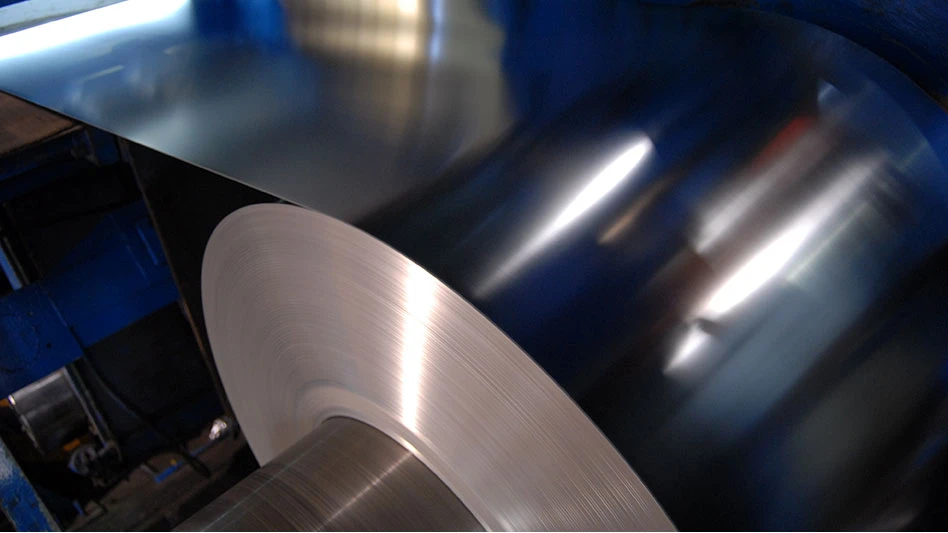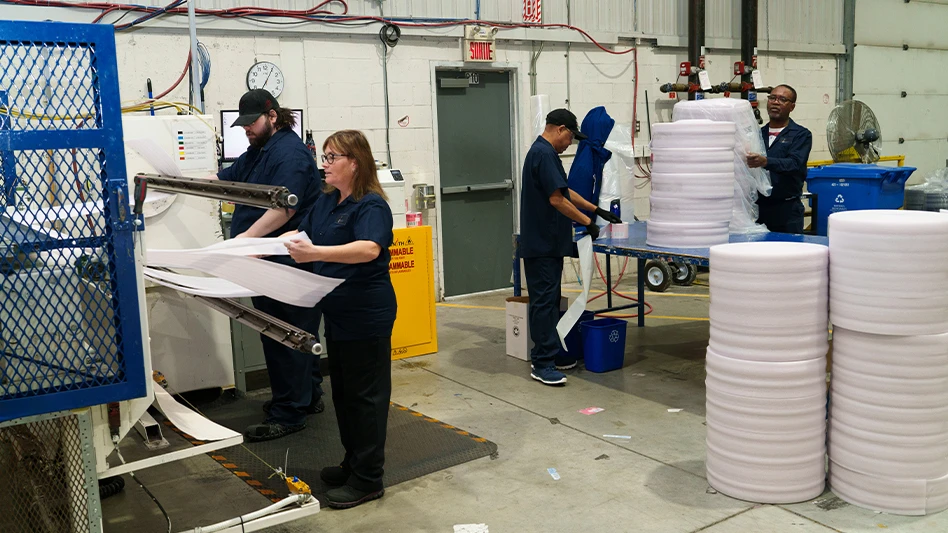
Riel Johnson, the former vice president of resource recovery at Athens Services whom I spoke with recently about the company’s new material recovery facility (MRF) in Irwindale, California, says, historically, hiring has been challenging in the recycling industry, especially at MRFs, because sorting roles are viewed as less-desirable jobs given the nature of the work and the hours involved.
“If you’re competing with slightly more desirable jobs, especially … if you’re looking at the second shift [in a MRF], it’s just super hard to find good folks,” he says.
That difficulty led Athens to invest heavily in technology at its Irwindale MRF, with Johnson saying it reduces the burden on personnel and makes it safer, too.
Athens invested in 18 optical sorters and artificial intelligence (AI) in Irwindale.
AI is fueling data-driven insights for MRF operators, helping identify and recover materials that otherwise might be lost in the recycling process and enabling more detailed sorting, such as separating polyethylene terephthalate (PET) thermoformed containers from PET bottles and segregating cat food cans and aluminum foil from aluminum beverage cans. It characterizes material streams and helps operators see when upstream equipment is not functioning optimally.
"While this technology reduces the number of sorters needed in a MRF … the challenge of hiring remains, it just looks a bit different.”
While this technology reduces the number of sorters needed in a MRF, the challenge of hiring remains, it just looks a bit different as people with the skills to maintain this technology and interpret the data typically have not been attracted to the recycling industry.
“We used to hire a guy with a big hammer and a torch and now we hire a guy with a little screwdriver and a potentiometer,” Johnson says of the maintenance personnel needed to keep today’s MRFs running efficiently.
People with those skills generally are not drawn to the recycling industry, he says.
“I think the waste industry has not done a good job of advertising how high-tech and what a great, steady job it really is,” Johnson continues. “I think most people look at garbage or waste as this nasty, rat-infested, undesirable job. … But it really isn’t. I mean, look at these facilities with AI and optical sorters and all kinds of SCADA [supervisory control and data acquisition].
“If we as an industry were advertising better in universities, in particular, we would, we could and should attract more folks into it. We are challenged in that, and we do have to do a little bit of marketing and sales pitching to try to get people to come see our facilities. … Once we do get them in there, they tend to be hooked, but just getting that hook set, that’s tough.”
How are you setting your hook to attract new talent to your MRF or recycling facility? Email me at dtoto@gie.net to share the strategies you’re using and the success you are seeing.

Explore the June 2025 Issue
Check out more from this issue and find your next story to read.
Latest from Recycling Today
- Nucor names new president
- DOE rare earths funding is open to recyclers
- Design for Recycling Resolution introduced
- PetStar PET recycling plant expands
- Iron Bull addresses scrap handling needs with custom hoppers
- REgroup, CP Group to build advanced MRF in Nova Scotia
- Oregon county expands options for hard-to-recycling items
- Flexible plastic packaging initiative launches in Canada





